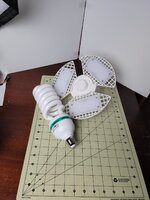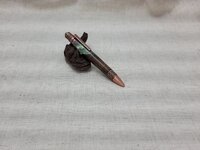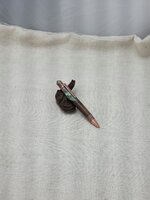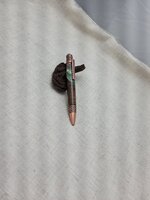sorcerertd
Member
The fluorescent bulbs in my softboxes were seeming dim and I had this super bright LED sitting around. Why not give it a try, right? These were taken in a pop up photo box. The stripes in the pictures were actually moving in a scrolling motion on my screen. These were taken with my phone, a Samsung note 20. The lines changed direction along with the rotation of the "camera". The brightness was great, but wow. Anybody know what this is or why it happens?








